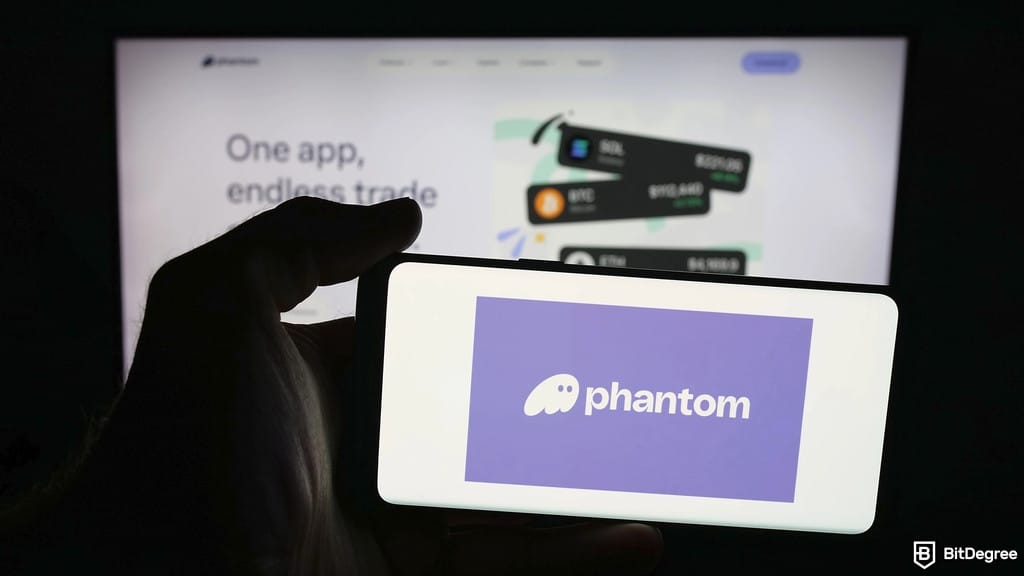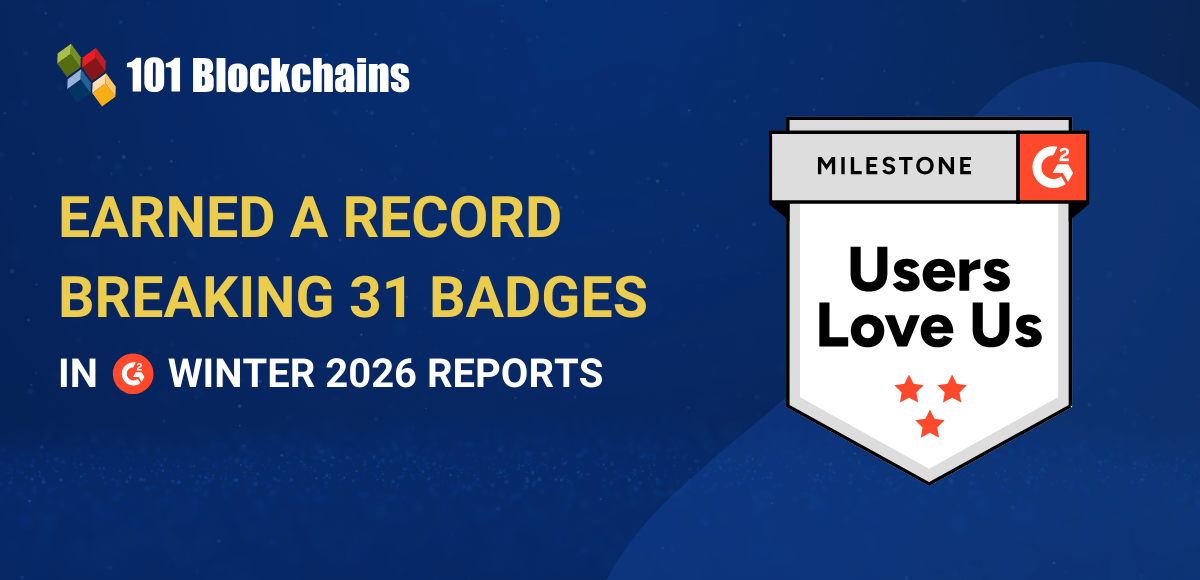NFTs or Non-Fungible Tokens have become the new attraction in the cryptocurrency and Metaverse industry. People are already excited about it. It has the potential for good returns for early investors. But other than its value, people are confused about its real-life uses and implementations. So in this article, we will help you understand some potential use cases for NFT and show some examples of where they are already being used.
Theoretically, NFTs are digital tokens of digital and real-world assets that can be applied to any item. Although undergoing pains as a technology and a financial tool, NFT provides a new means of earning money by digitizing assets, verifying the legitimacy of physical assets on the internet, and monetizing intellectual property. They are used progressively for verifying the authenticity of many unique, valuable items and collectibles. As the market develops, both buyers and the market should go forward with caution. Although the broad-based applications of NFT have not been discovered, the plan has been laid for more extensive uses, supporters of technology assert.
In contrast, some real-world assets are impressive and have their value, like baseball cards, real estate, and fine art. They are also non-fungible assets and on a blockchain, these non-fungible assets are represented by NFTs.
What are some use cases of NFTs?
NFTs present several benefits, the most disapproving one being that they offer the opportunity to make rare or even one-of-a-kind digital assets. As these assets are based on a blockchain, they are under the inspection of a decentralized network and can’t be destroyed or copied. They won’t deteriorate or get harmed over time like physical assets. So when we compare physical and digital collectibles, a digital collectible is something that can last forever.
Every NFT transaction is stored in the blockchain providing a complete and unchangeable history. When the owner of the NFT wants to sell it, they can get involved in secure trading with their direct counterparty. This is done by liquidating the crypto into fiat currency and evading the need for brokers and their fees. Lately, many industries are exploring how these benefits can create new revenue streams, engage consumers and deal with legacy problems. Below are a few of those examples.
Real Estate
NFTs are already used broadly to deal with “virtual real estate” in VR games such as Decentraland. They are now also being used to represent the physical real estate. Micheal Arrington, the founder of TechCrunch sold his NFT-backed Kyiv apartment for 36 ETH (which is over $100,000 at current prices). Blockchain is an ideal technology for such peer-to-peer sales, securely and quickly transferring the ownership between buyer and seller with the transaction recorded on the ledger. Small contracts compensate for the need for lawyers or notaries.
Investors pooling in funds to purchase a property is also one of the more intriguing NFT token use cases when used for real estate trading. For example, younger people can invest in a share of a property to generate new income that can eventually be used to support their house purchases.
Gaming and Sports Collectibles
Gaming already has a vast market for NFTs. We know that you can buy skins and passes in games. But wouldn’t it be better if you could take those buys to other games that you play? Additionally, if you could rent those skins to someone for say a month and even sell them? This is the possible future NFT gaming can help to achieve. One of the largest blockchain-based games, Axie Infinity lets you buy NFT-based characters and items to use in-game or sell these characters in exchange for cryptocurrency. Any game development company can get benefited from the ever-evolving blockchain-based gaming market. As there is a huge opportunity for game developers to integrate NFT in games.
The sports industry has a massive chunk of the market. Sports collectibles like t-shirts, hats, tickets, balls, and other valuable items are kept or sold with a considerable margin. They can be used as digital tokens to trade the highlights and iconic moments from the game. This way you can possess the NFT of the winning highlight of the match. The value of such items grows with time, all depending on the fanbase. The NBA and WNBA are trading Top Shot Moment’s tokens and these are sold on the NBA Top Shot platform. These are usually digital collectible tokens of popular highlights in the game for example a video of a player making a winning shot.
Digital Artwork
NFT-based artwork already has a broad interest. They are distinct and play an important role in providing exposure to many digital artists to sell their artworks to potential clients. Numerous digital artworks have seen a tremendous rise since they were launched as NFT.
All these artwork have proof of ownership linked to their existing owner and they can be efficiently traded and sold on the blockchain. Most people can’t reason with the exact logic behind buying digital artwork as NFTs. You can just tap save and own those artwork right? As the blockchain system advances, we will begin seeing the benefits of owning an NFT. The prime example of art as an NFT is the library of artist Beeple. His artworks were sold for 69 million dollars. One can check out several artworks hosted on the NFT marketplaces like OpenSea and Binance NFT.
Supply Chain Provenance
The supply chain operators are tapping into NFT use cases at a fast pace, capitalizing on the originality and traceability of assets to help establish provenance and prevent forged products from entering the market. A suitable example of this is the luxury goods market, where operators including LVMH and Prada have joined hands to launch a Blockchain platform called Aura. When customers buy an expensive watch, handbag, or jewelry, they will be provided with a corresponding unique “digital twin” NFT which will reveal to them the origin of their products, which consists of details about the quality and the manufacturing process.
NFTs are now also being used to track down the Provenance of fine wine, another sector where imitation has become run of the mill because of the huge sum at stake.
Music
The music industry is probably the only one with multiple opportunities to explore NFT use cases but given the growing pace of adoption, their journey has just started. At the moment, their utility has been similar to other sectors in the entertainment industry, where artists like Eminem and Snoop Dogg have launched works as NFTs. They can deliver so much to the industry as programmable smart contracts and help with copyright issues. NFT can not be copied or pirated, which solves the crucial challenge that has troubled musicians long before the music even became digitized. Additionally, the rights to royalties can be programmed into a token, so whenever it is sold, a share of its proceedings can automatically get to the right holders.
Summing up
So these were some of the ideal business use cases of NFT currently, with that we hope we were able to remove any confusion that you may have. We are going to continue seeing more options and uses as we see an increase in its adoption. For your NFT project development needs, PrimaFelicitas is one of the top blockchain development companies to provide you with best-in-class solutions.
Looking for help here?
Connect with Our Expert for
a detailed discussion
Post Views: 3







